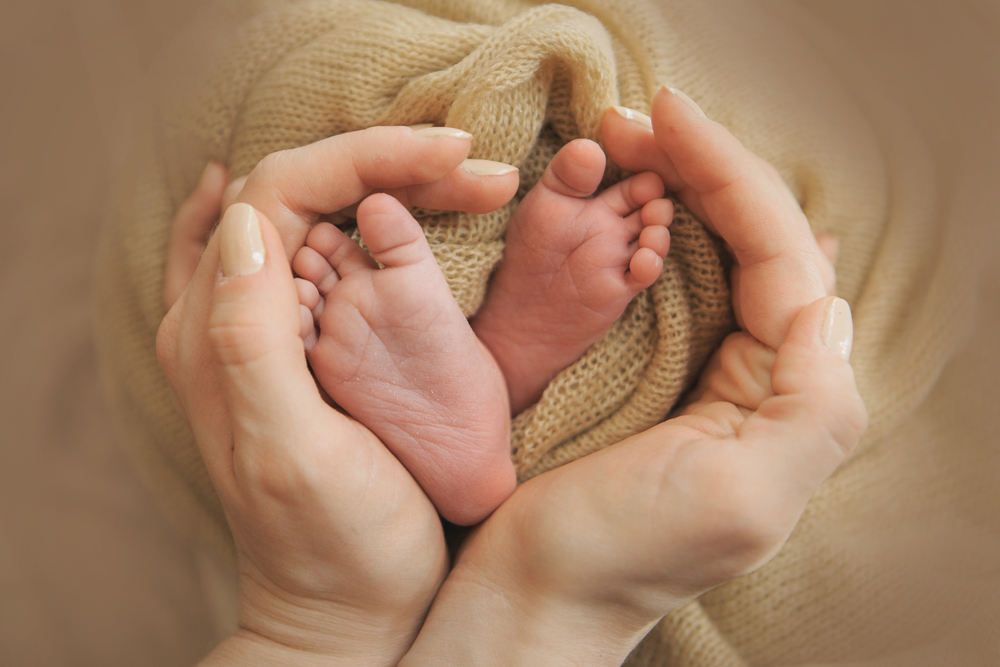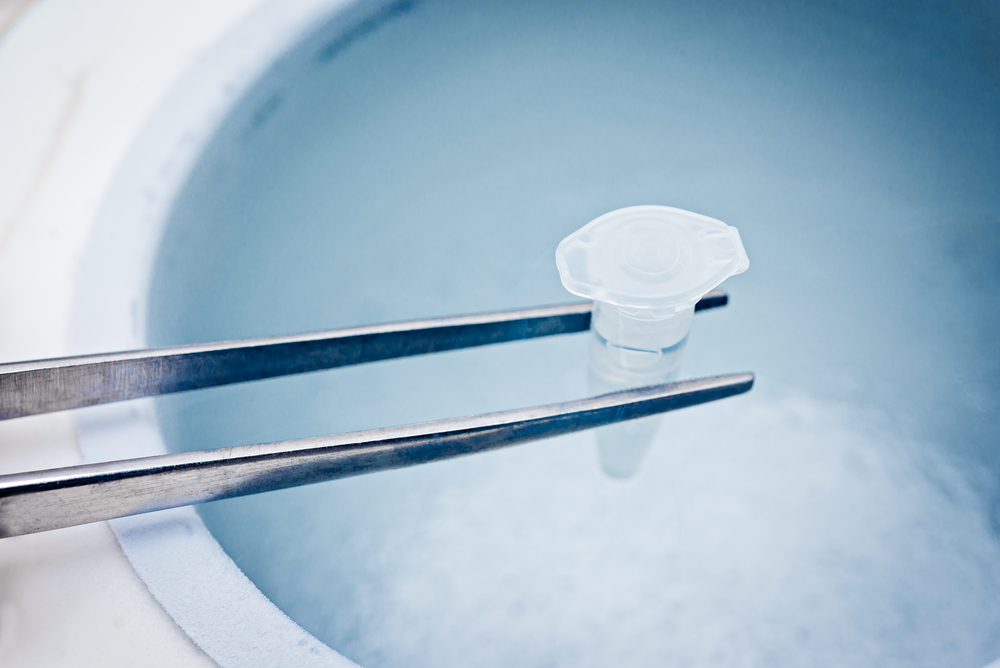Behandlingar
På Lunds IVF Center erbjuder vi fertilitetsbehandlingar både för dig/er som önskar graviditet men också om man endast önskar frysa ägg eller frysa spermier som fertilitetsbevarande åtgärd. Vi har många års erfarenhet inom området och kan därför erbjuda en individualiserad/skräddarsydd behandling för just dig/er. För att veta mer, navigera gärna in till respektive sida.

IVF-behandling
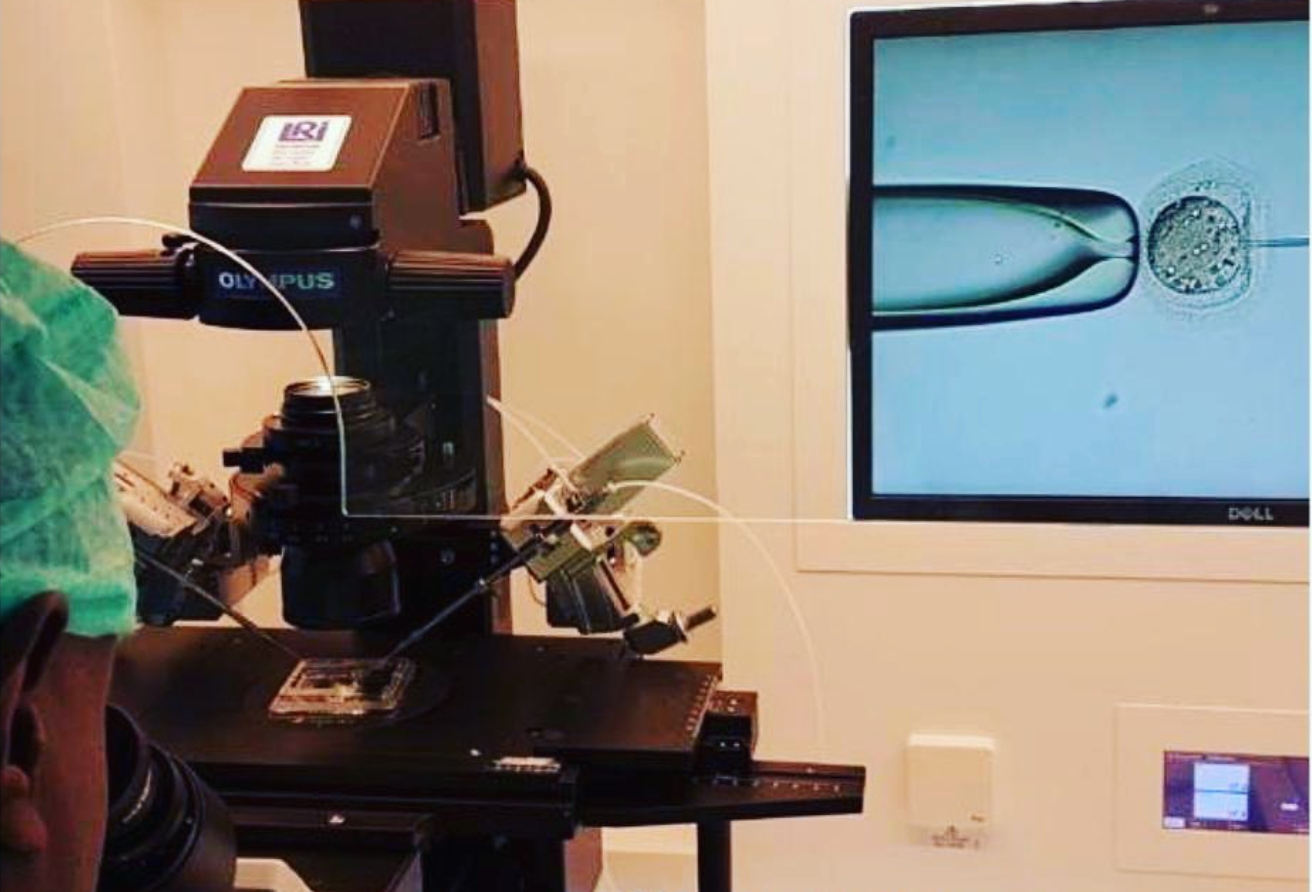
ICSI
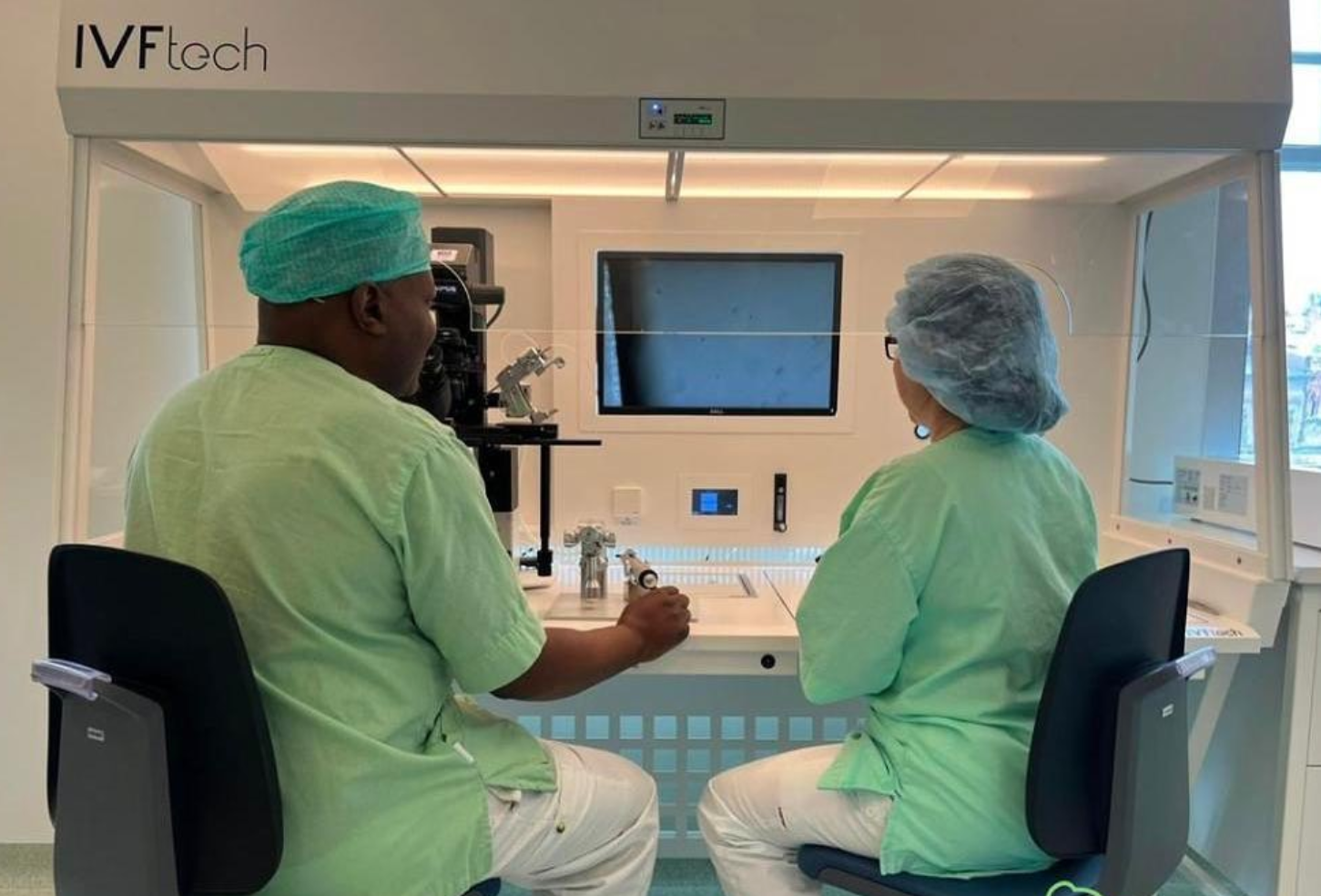
Provrörsbefruktning
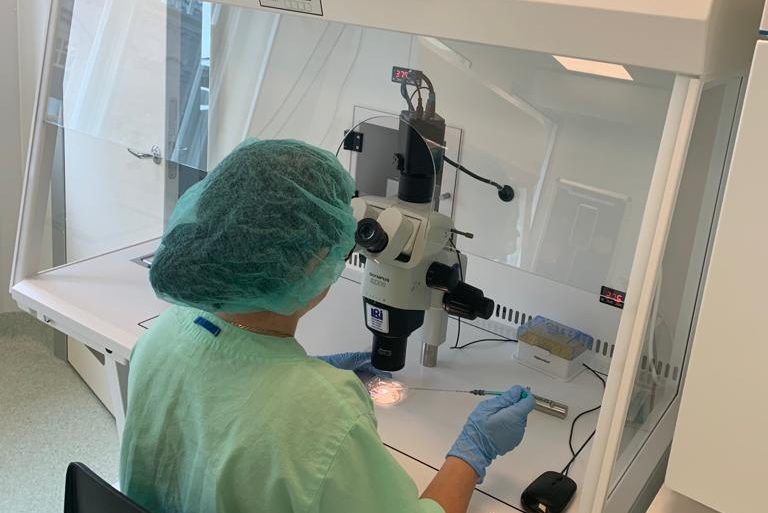
Återföring av embryo
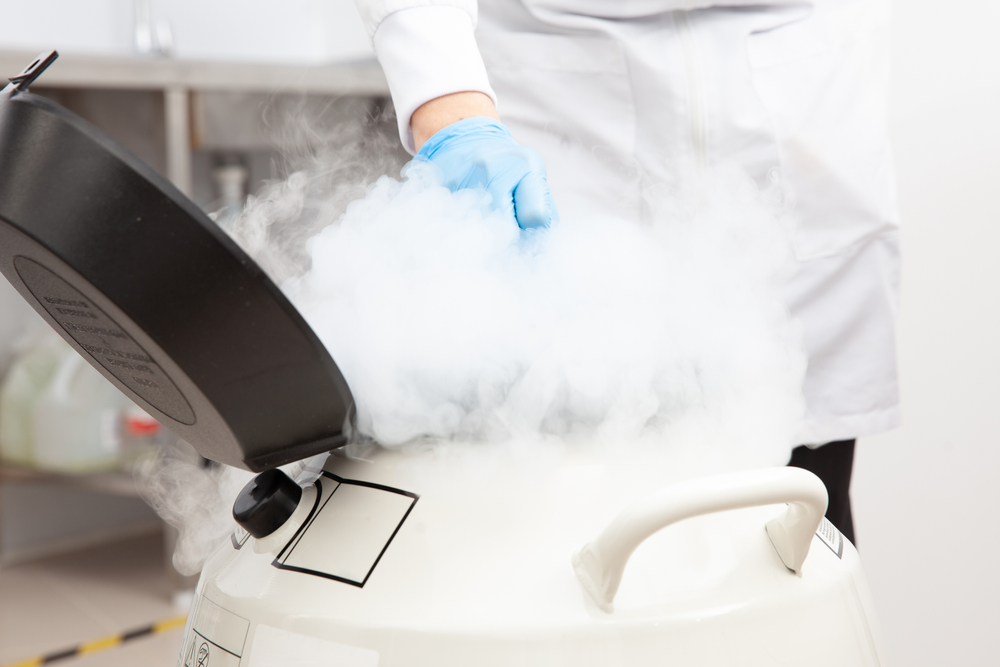
Frysa embryo
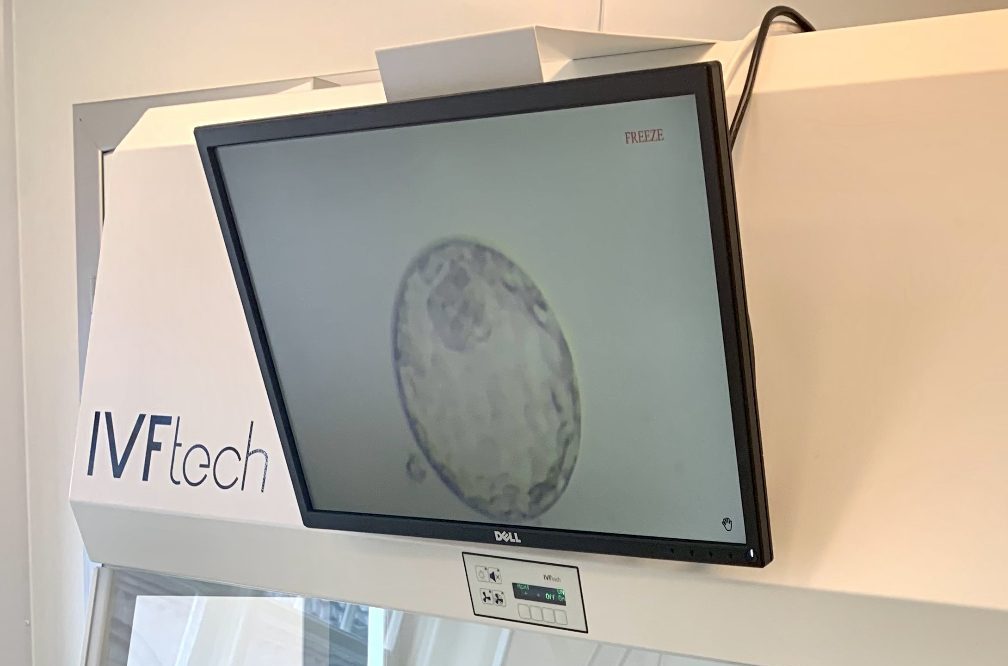
Återföring fryst embryo

Spermadonation
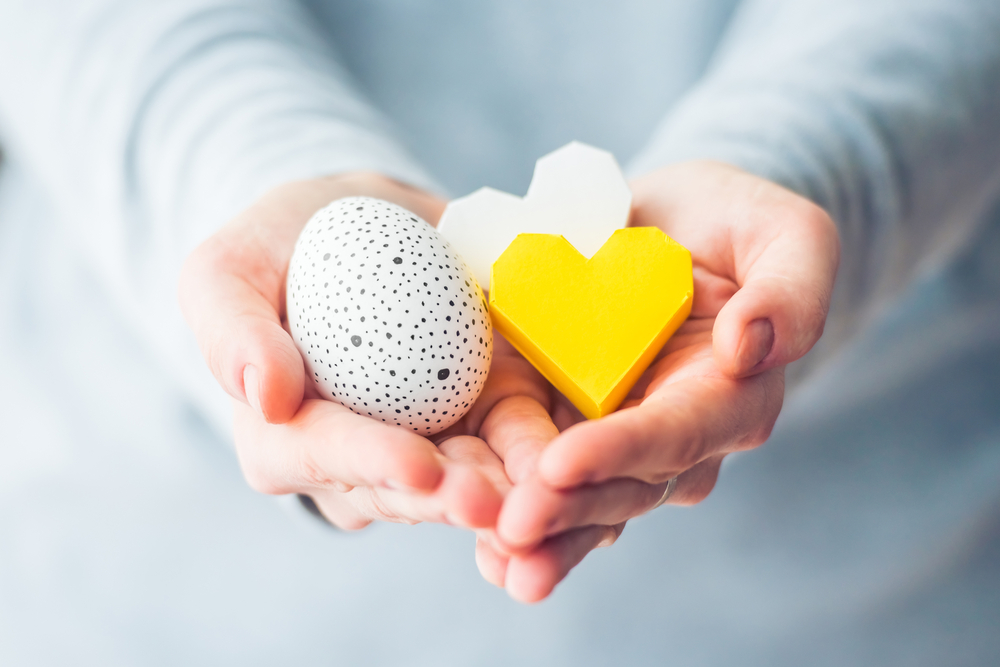
Äggdonation
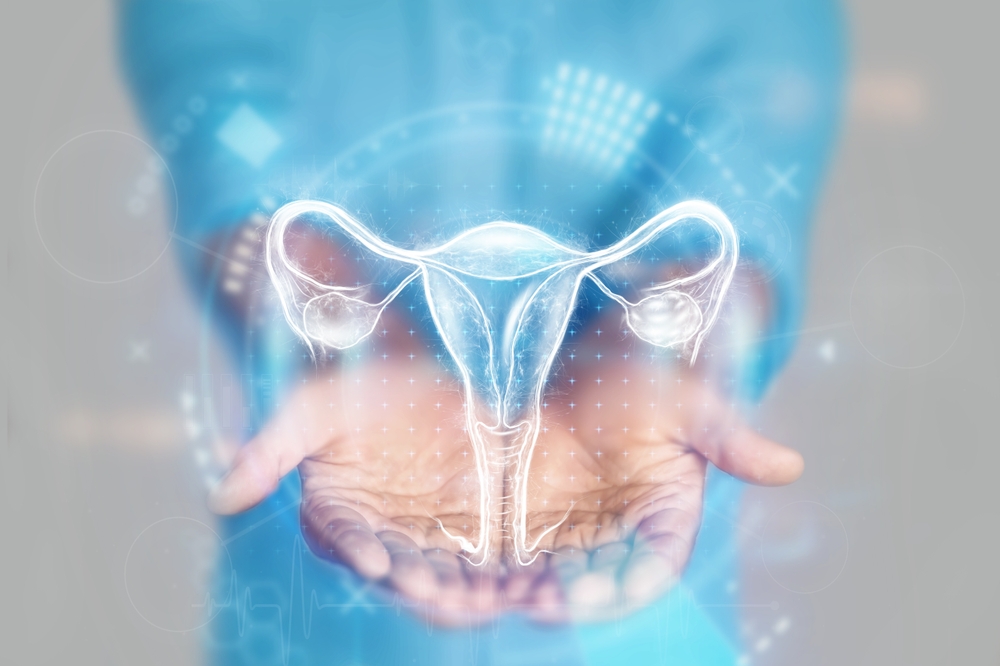
Insemination

Ägglossningsstimulering


